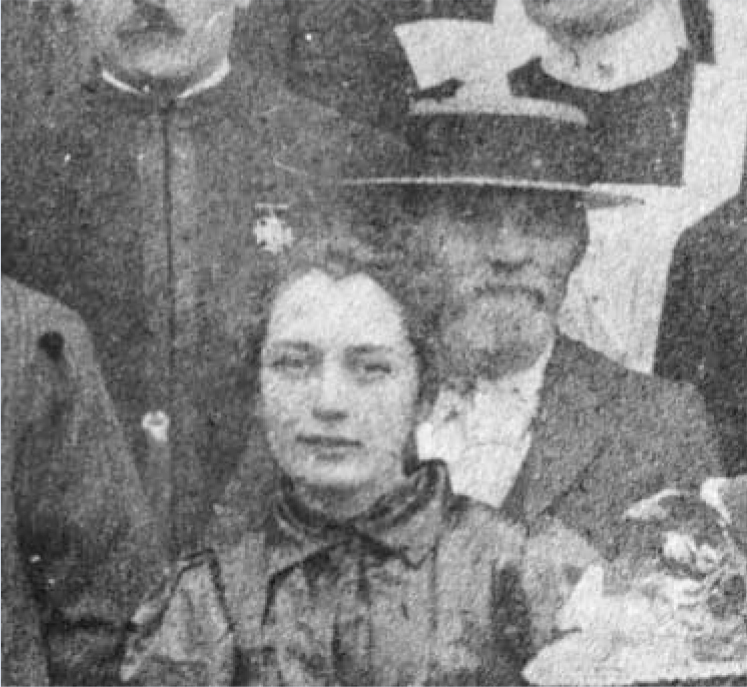In the history of the Medico-Psychological Association (MPA), precursor to the Royal College of Psychiatrists, the admission of the first female member in 1894 was surely one of the landmark events. It is surprising therefore that so little is known about Dr Eleonora Fleury and that the College has no image of her in its archive.
Eleonora (Norah) Lilian Fleury was born in Manchester in 1867. Her father was Charles Fleury, a surgeon. Her early education was likely to have been by home schooling, but she undertook her medical studies in London and Dublin, obtaining high honours at the MB examination of the Royal University of Ireland in 1890. She was the first female medical graduate from the Royal and was awarded the degree of MD (with Gold Medal) in 1893. The Royal was only an examining body and so she received her clinical instruction at the Richmond Hospital in Dublin and the London School of Medicine for Women. On qualification she worked at the Homerton (Fever) Hospital in London.
On her return to Dublin she took up a post as Clinical Assistant at the Richmond District Asylum at Grangegorman, then under the stewardship of Dr Conolly Norman and by far the biggest asylum in Ireland. Dr Norman appears to have had high regard for Fleury such that he proposed her for membership of the MPA in July 1893. Her election as a member did not pass on that occasion, but it was clear to most members of the council that women needed to be admitted to the association. The rule change was passed later in 1893 and in 1894 Dr Fleury became a full member. The admission of the first female to MPA membership was significant enough to be reported in the American medical press.

Taken during Fleury's early years at Grangegorman. She is included in a large group that includes Conolly Norman and his wife as well as Daniel Rambaut (later RMS at Northampton) and John O'Conor Donelan (later RMS at Grangegorman).
Image courtesy of St Brendan's Hospital Museum.
Fleury served as assistant medical officer in the Richmond Asylum and later deputy resident medical superintendent (RMS) at the satellite asylum at Portrane Co. Dublin. Conolly Norman died in 1908 and Dr Fleury did not fare well in the reshuffles that followed.
It has been said that she was passed over for the post of RMS either at the main asylum at Grangegorman or at Portrane because of her gender and certainly the annual reports display a tendency for the governors to prefer a male RMS, and even for a quota system to exist in terms of the number of female doctors allowed work in an asylum at any given time. Indeed, other women were not appointed to Portrane until Fleury's retirement in 1925. However, another factor may have hindered her advancement.
Irish Free State forces arrested Fleury during the civil war that followed the signing of the treaty with Britain in 1921. In 1923, she was detained in Kilmainham Gaol in Dublin. She had been involved in an organised assistance and escape programme for anti-treaty prisoners centred on the asylum at Portrane. While in Kilmainham she served as medical officer to the republican prisoners using whatever sparse resources were available to her. On her release she returned to her duties at Portrane.
The government that had imprisoned her remained in power until 1932.
Dr Fleury never married and she died in 1960. She spent the last years of her life in Rathmines, Dublin.



eLetters
No eLetters have been published for this article.